Navigation
Install the app
How to install the app on iOS
Follow along with the video below to see how to install our site as a web app on your home screen.

Note: This feature currently requires accessing the site using the built-in Safari browser.
More options
You are using an out of date browser. It may not display this or other websites correctly.
You should upgrade or use an alternative browser.
You should upgrade or use an alternative browser.
Abiqui - Ghost Ranch
- Thread starter ceeboy14
- Start date
- Joined
- Sep 2, 2003
- Messages
- 34,526
- Reaction score
- 7,555
- Location
- In the mental ward of this forum
- Can others edit my Photos
- Photos NOT OK to edit
Looks like you got a beautiful result! Your tonal values are spot on. Great work!
ceeboy14
TPF Noob!
- Joined
- Dec 5, 2012
- Messages
- 2,566
- Reaction score
- 788
- Location
- Florida
- Can others edit my Photos
- Photos OK to edit
I made the PL/PD print from a digital negative, did my coating, printed that on the Arches Platine, scanned the print image and you are seeing the results of that scan (scanning was done at Bostick & Sullivan). Though I really like PL/PD, my favorite medium is Ziatype and I'm pretty fond of Salt.
amolitor
TPF Noob!
- Joined
- May 18, 2012
- Messages
- 6,320
- Reaction score
- 2,131
- Location
- Virginia
- Can others edit my Photos
- Photos OK to edit
Ahh! I didn't know what Arches Platine was, and now I do, thanks.
This isn't the look I associate with platinum at all, it looks like a very nice silver print to me. It's silly to try to judge based on a digital scan, though.
This isn't the look I associate with platinum at all, it looks like a very nice silver print to me. It's silly to try to judge based on a digital scan, though.
ceeboy14
TPF Noob!
- Joined
- Dec 5, 2012
- Messages
- 2,566
- Reaction score
- 788
- Location
- Florida
- Can others edit my Photos
- Photos OK to edit
The final images, sans the scan are much warmer in tone than shown here.
This is one of my favorites from the workshop I took in Santa Fe a couple of years ago with Christopher James. Later, I hooked up with Dana Sullivan at Bostick & Sullivan and really began a nice study in these processes.
This is one of my favorites from the workshop I took in Santa Fe a couple of years ago with Christopher James. Later, I hooked up with Dana Sullivan at Bostick & Sullivan and really began a nice study in these processes.
amolitor
TPF Noob!
- Joined
- May 18, 2012
- Messages
- 6,320
- Reaction score
- 2,131
- Location
- Virginia
- Can others edit my Photos
- Photos OK to edit
Yeah, I associate platinum with warmer tones and far more midtones and a lot less blacks. Or, to be exact, the *feeling* of less black, I think the platinum Dmax is pretty dense in reality.
ceeboy14
TPF Noob!
- Joined
- Dec 5, 2012
- Messages
- 2,566
- Reaction score
- 788
- Location
- Florida
- Can others edit my Photos
- Photos OK to edit
I'll shoot a pic of the original later today and post it as well as several done as Ziatypes. I got some interesting results in Santa Fe but was using Christopher James' chemistry formulas rather than B&S. Not sure it should make such a strong diference in warm to cool...quien sabe?
- Joined
- Sep 2, 2003
- Messages
- 34,526
- Reaction score
- 7,555
- Location
- In the mental ward of this forum
- Can others edit my Photos
- Photos NOT OK to edit
Yes, that's an issue with some alt processes online, isn't it?Ahh! I didn't know what Arches Platine was, and now I do, thanks.
This isn't the look I associate with platinum at all, it looks like a very nice silver print to me. It's silly to try to judge based on a digital scan, though.
I'd love to see the original, as well.
ceeboy14
TPF Noob!
- Joined
- Dec 5, 2012
- Messages
- 2,566
- Reaction score
- 788
- Location
- Florida
- Can others edit my Photos
- Photos OK to edit
... they have reflective drum scanners?
I just repeated what I was told by the folks doing the scanning though they did mention flatbed in the conversation. Truthfully, I don't know much about scanning nor is it something I am willing to learn at this stage of my life and probably me being more confused than knowlegeable.
 I just know the end result from printing via these scans is quite stupendous.
I just know the end result from printing via these scans is quite stupendous.I need to clarify this last statement. The image posted is a scan of an image printed via PL/PD on Arches Platine. Originally, it was shot as a digital photograph from which a curved negative was generated to make the PL/PD print.
The 1200 dpi scans of the PL/PD prints are used to make copies and printed on either Jon Cone or Hahnemule 300gsm papers using the Cone 9-color (B&W) continuous tone inking system on an Epson 3000.
Last edited:
- Joined
- Sep 2, 2003
- Messages
- 34,526
- Reaction score
- 7,555
- Location
- In the mental ward of this forum
- Can others edit my Photos
- Photos NOT OK to edit
Wow - I'm even more impressed. That Epson 3000 sure is an improvement in B&W, though I've not heard of the Cone inks. When I bought my Epson 2400 many moons ago, the B&W was still limited and it showed - terrible B&W prints! I was trying to incorporate a mixed workflow at the time, just scan my negatives and print, but that effort fell flat. It was the push I needed to get an enlarger and set up a darkroom, though, so it turned out okay - and the 2400 is still fine for color printing - excellent, really. I just don't do a whole lot of it. 
unpopular
Been spending a lot of time on here!
I just repeated what I was told by the folks doing the scanning though they did mention flatbed in the conversation. Truthfully, I don't know much about scanning nor is it something I am willing to learn at this stage of my life and probably me being more confused than knowlegeable.... they have reflective drum scanners?I just know the end result from printing via these scans is quite stupendous.
It is possible to have an reflective drum scanner, but the scan head would have to be entirely different. I suppose you could have a modular scan head. Typically though drum scans are transparency, and I've never heard of a reflective drum scanner.
My bet is that this is scanned using a very high end flatbed.
Similar threads
- Replies
- 1
- Views
- 447
- Replies
- 7
- Views
- 2K

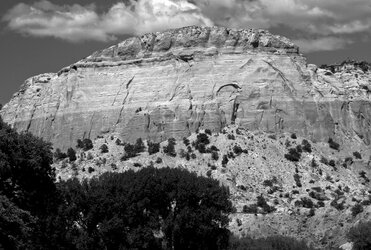
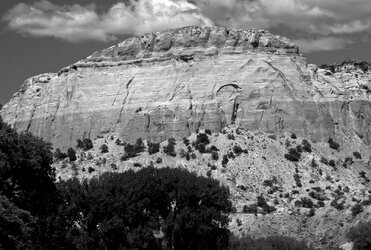


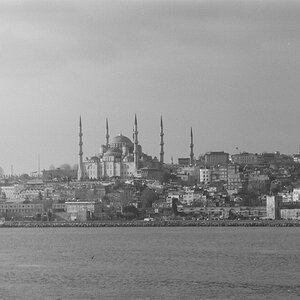
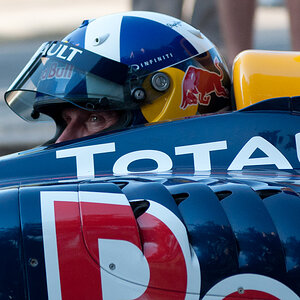
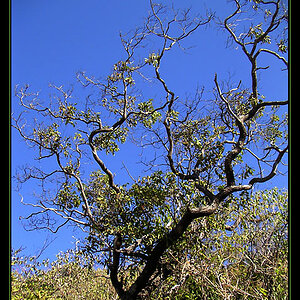
![[No title]](/data/xfmg/thumbnail/34/34144-52e7a5d3e3908ae808afeabfe86fffdc.jpg?1619736317)
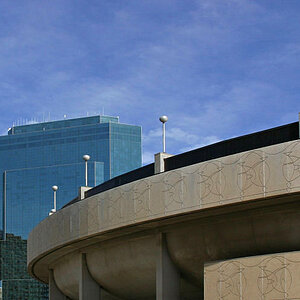

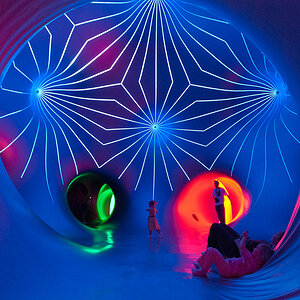
![[No title]](/data/xfmg/thumbnail/34/34145-b89ccc67a24004d6d7a9026a7395914b.jpg?1619736318)

![[No title]](/data/xfmg/thumbnail/38/38263-ad5e4c9e677626ddb5b1e7cdf9ebe40e.jpg?1619738548)